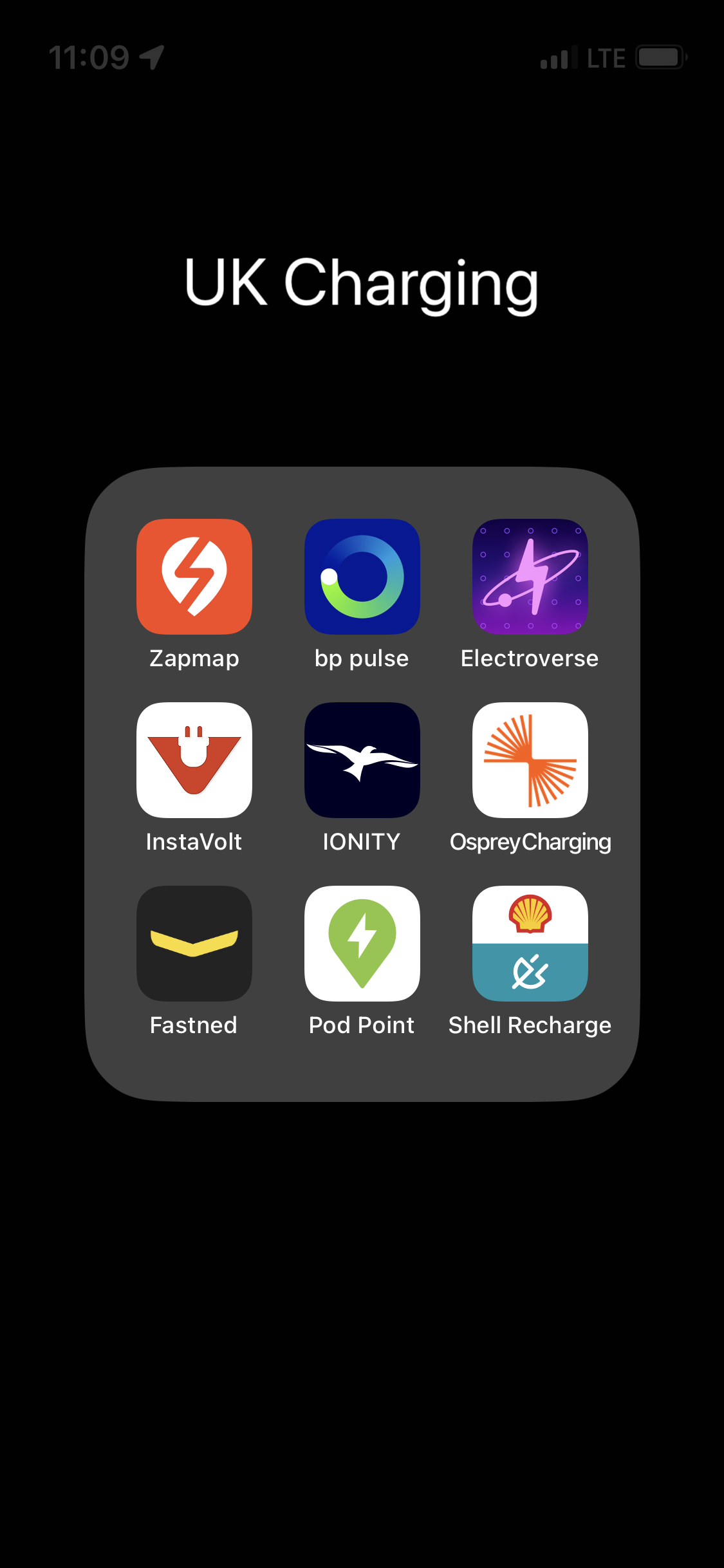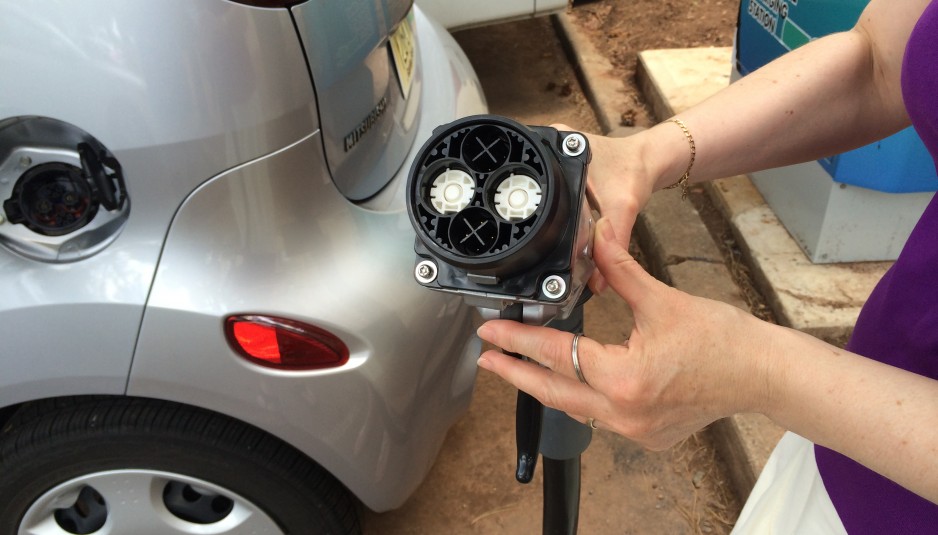Charging in the UK

So what is the charging like in the UK in 2023?
Well, it does take a bit of effort to work it all out and then you have to hope the chargers are working when you arrive. In the UK you have to carry your own Level 2 cable for charging with you, so it has to be in the boot all the time, as you never know when you are going to need it. Only at the Level 3 Fast Chargers is there a cable provided. In the UK they call the options for charging Slow, Fast and Rapid! Hmm, okay I get slow but what is the difference between Fast and Rapid? They sound very similar to me. In the US they terms are Level 1, Level 2 and DC Fast Charging.
The easiest way to understand it is to compare the two:
| US | UK Equivalent |
Level 1 - At home, 120V outlet. It takes about 2 days to charge a big battery like a Tesla from empty to full or, overnight to charge the same car after a typical days commute. | Slow Charging At home, but the power is 240V at 10A, that's 2.4kWh from a typical wall outlet so twice as fast as the US and probably enough for most people who can charge at home. Takes 24hrs to recharge a big battery. You'll need to purchase your own 3-pin outlet EVSE though as UK cars don't come with a 'charger'. |
Level 2 - At home wall mounted solution or out and about at a destination hotel. Typically 7kW so charges a big battery overnight. | Fast Charging - Type 2 Exactly the same in the UK except that the wall units don't have a cable attached, they're just a small socket or post. You'll need to bring your own "MENNEKES Mode 3 Type 2" to connect between the wall box and the car.  Most cars include a cable with them. Rated for 7-11kWh charging they're similar to US Level 2. |
Level 2 ½ ? There's no such option in the US as three phase charging however, in the UK and Europe... | Rapid AC Charging Using the same cable as before, a few cars support three-phase charging as well as single phase like US Level 2. Three phase is typically found in business locations and can charge cars up to 43kWh by using more (All three phases) of the available energy coming in from the local power grid. |
DC Fast charging High speed charging at dedicated stations offering 50-350kWh charging rates. Often limited by the car, the fast chargers will charge a big battery from 20-80% in minutes not hours. Ideal for top-up on a long journey. | Rapid DC Charging In the UK, rapid charging is DC fast charging up to 50kW. Ultra Rapid DC Charging Ultra Rapid is the name given to any rapid charger that can better 50kW. |
Charging stations in the UK often have CCS, CHAdeMO and MENNEKES connectors and can sometimes charge all three at once!
CCS is becoming the dominant standard in the UK. The connector is not the same as the US version of CCS though.
Tesla superchargers in the UK and Tesla cars have CCS connectors.
Networks
When we set out to figure out charging, the first thing we did was to download all of the apps needed and register with all of the providers, after all, there are a lot!

However, it wasn't until we got started that we discovered that all of the charging stations support contactless payments - no apps needed! - and all you do is plug the unit in, press start and wave your watch/phone/credit card at the reader and it's going!
The prices were a little steep at £0.69-0.79/kWh, that's $0.88-1.00/kWh, for context, at home in the UK, it's £0.52/kWh which is $0.66/kWh compared to $0.12/kWh in the US though there are price caps in place in the UK that bring that number down.
If all networks are about the same price, what about service?
Gridserve - awesome, just works.
Instavolt - awesome, just works.
Tesla Superchargers - awesome, once we found out how to turn them on in the app!
BP Pulse - not awesome, couldn't get switched on, no customer service.
Pod-Point - not awesome, couldn't get switched on, customer service responded via email in one week.




Comments